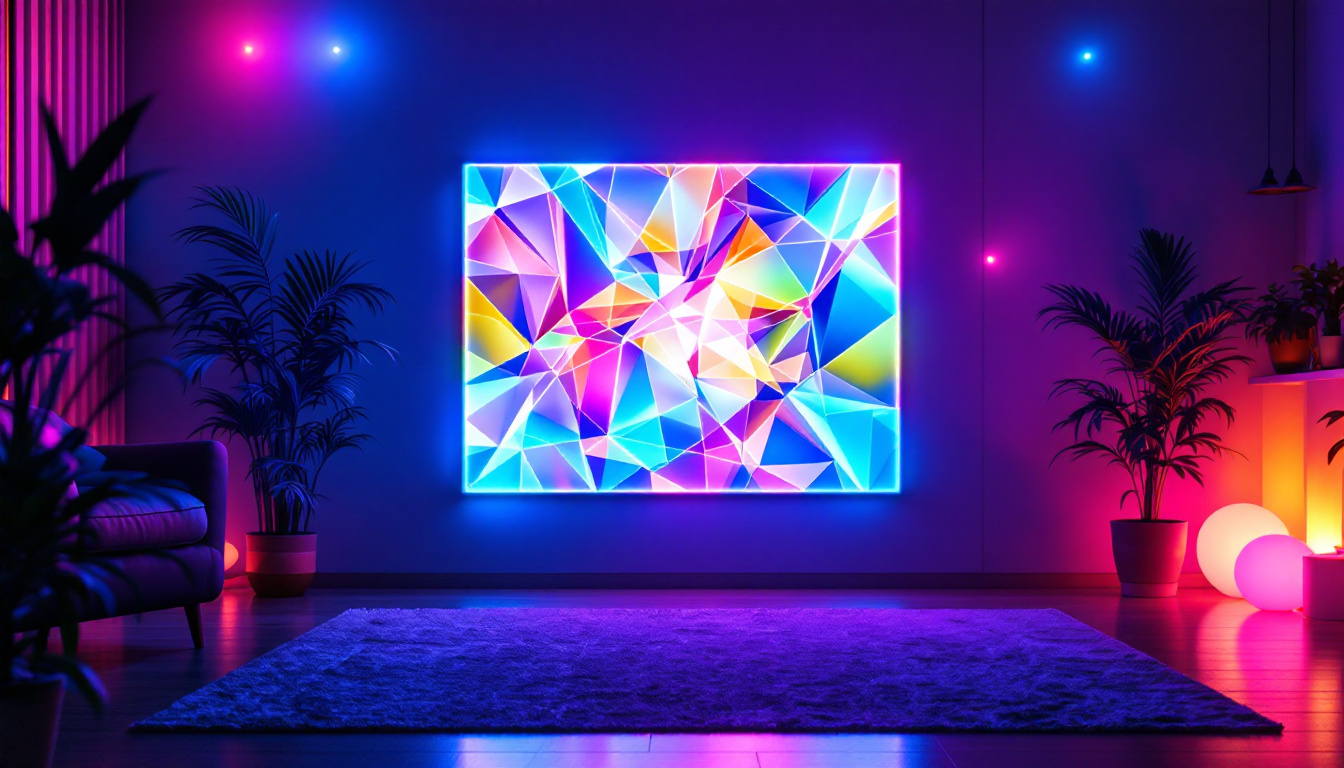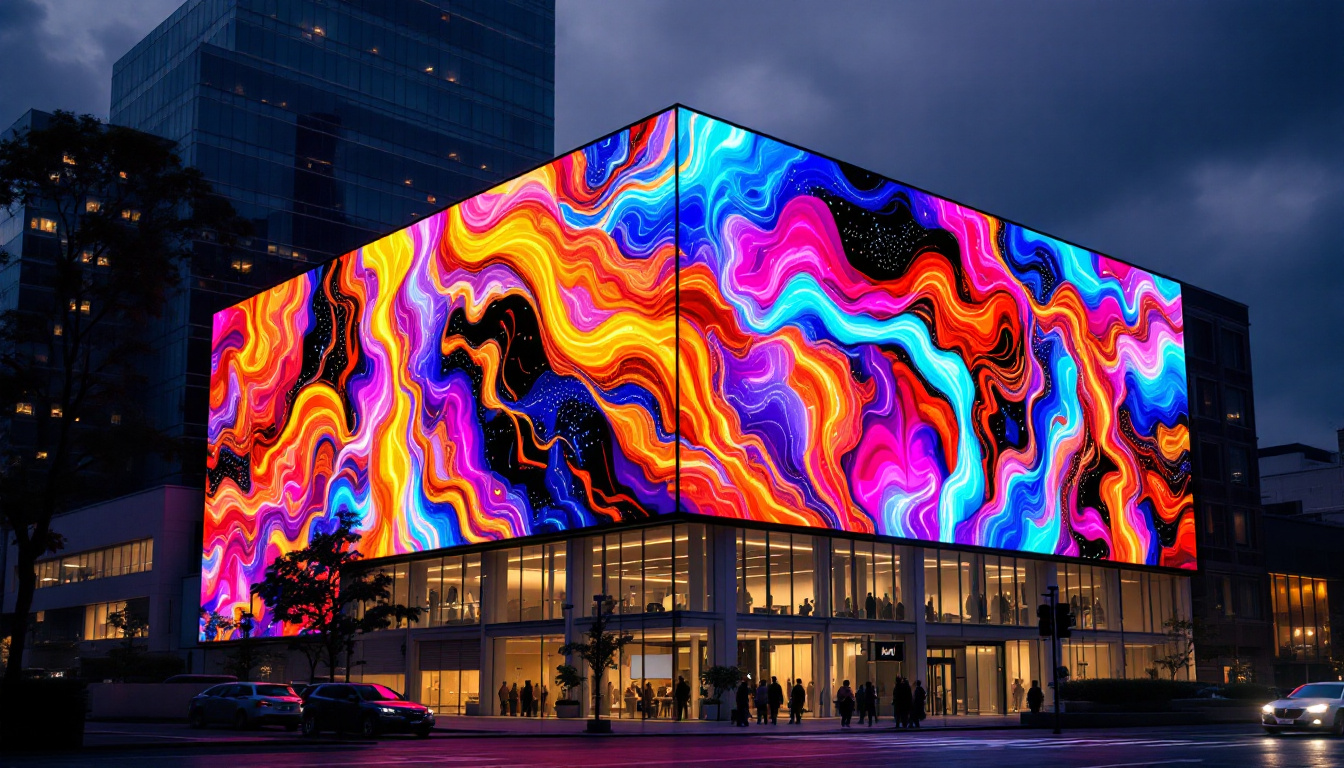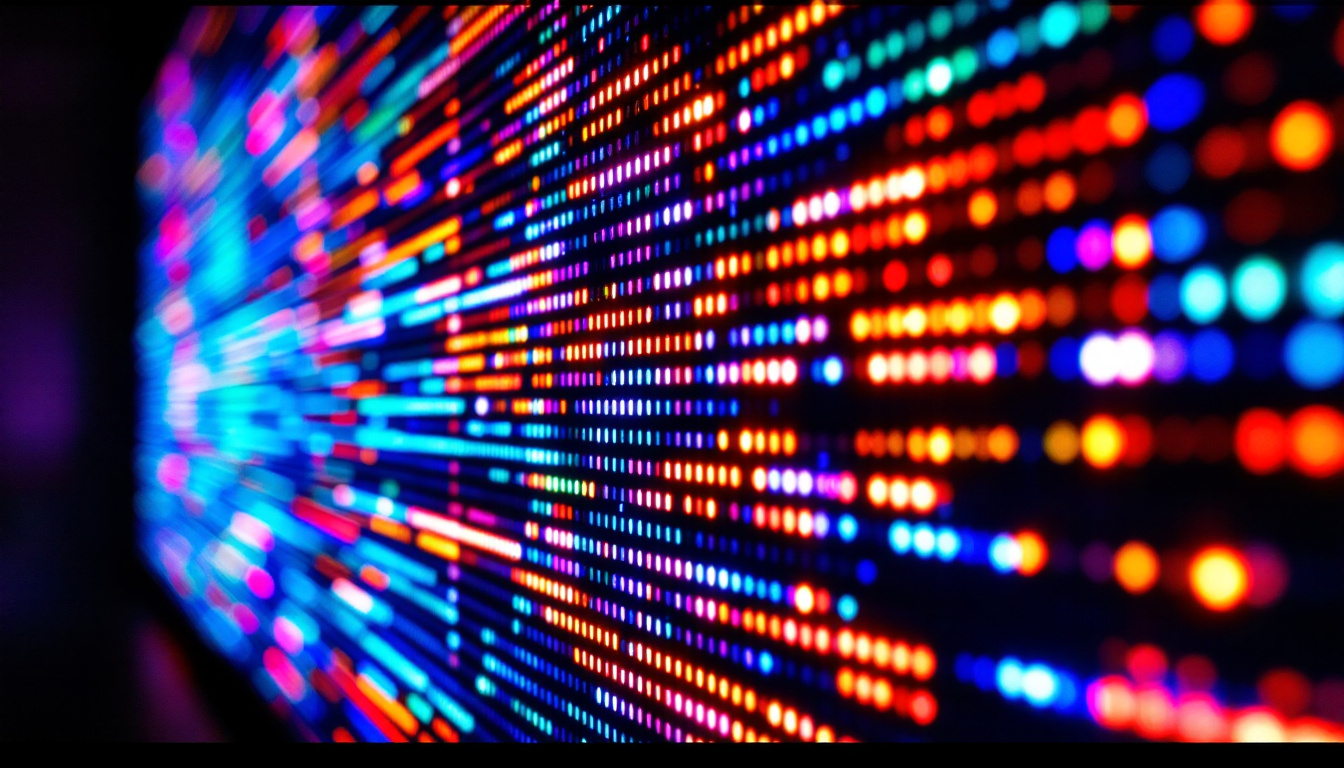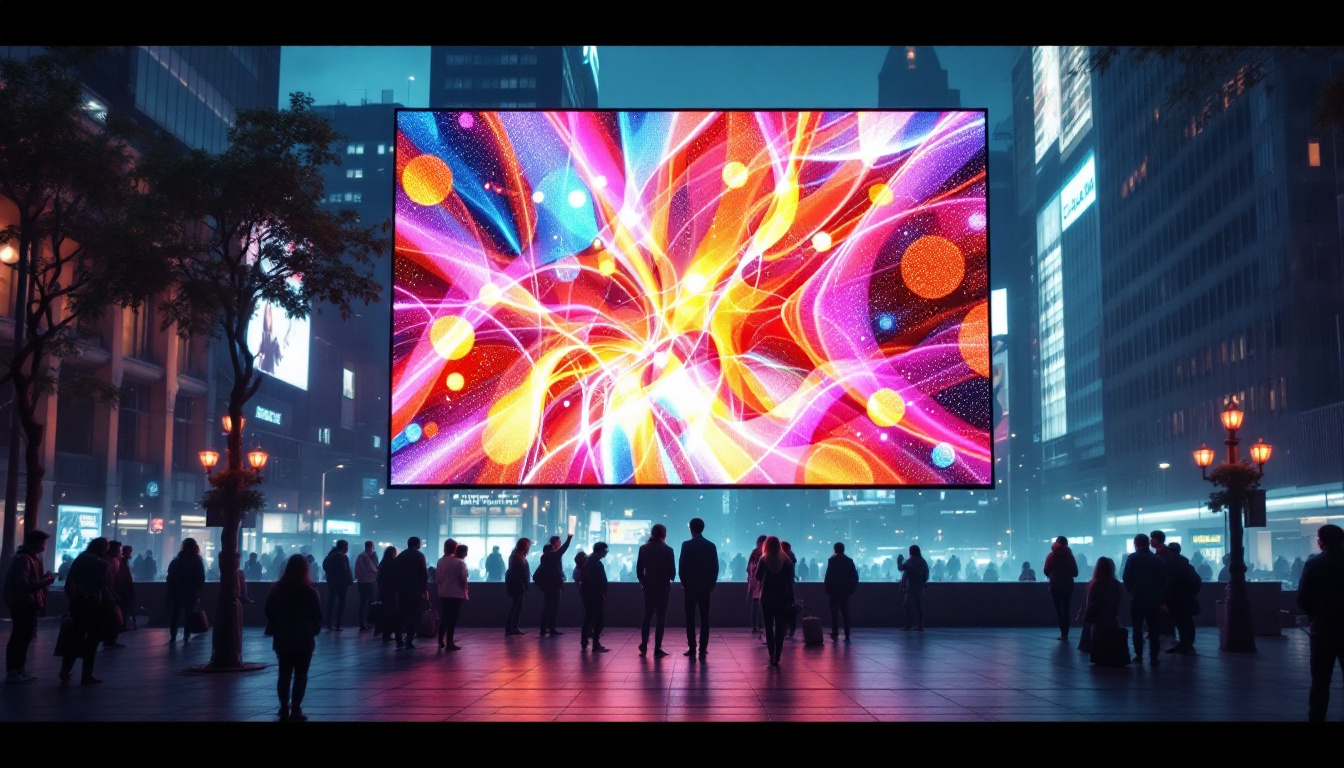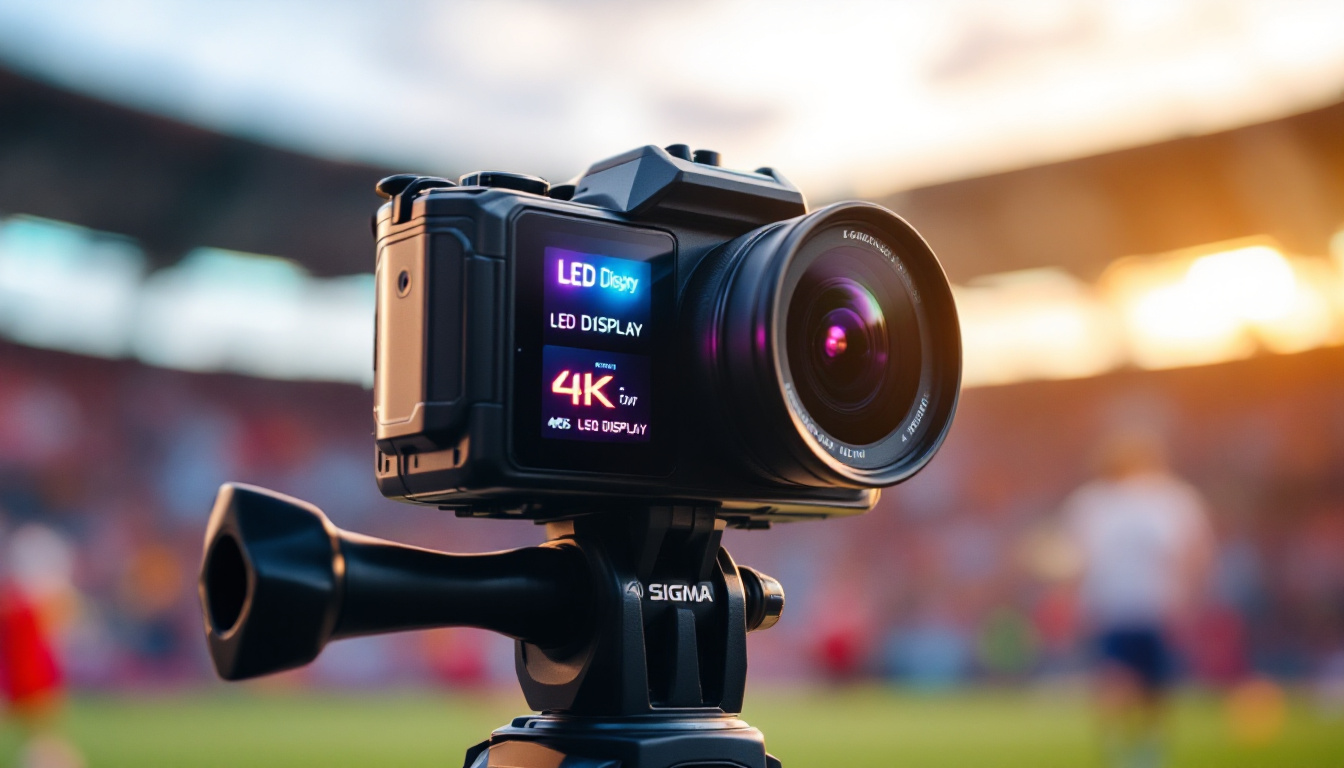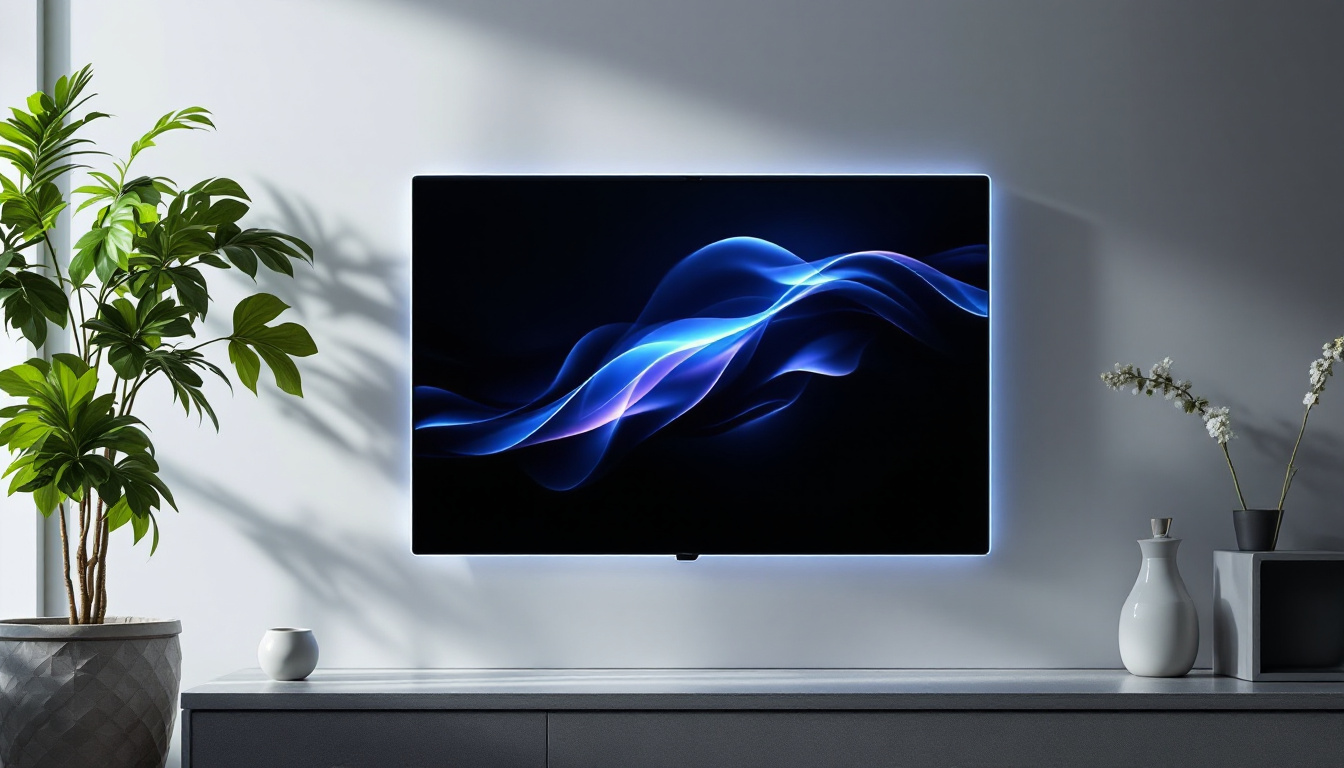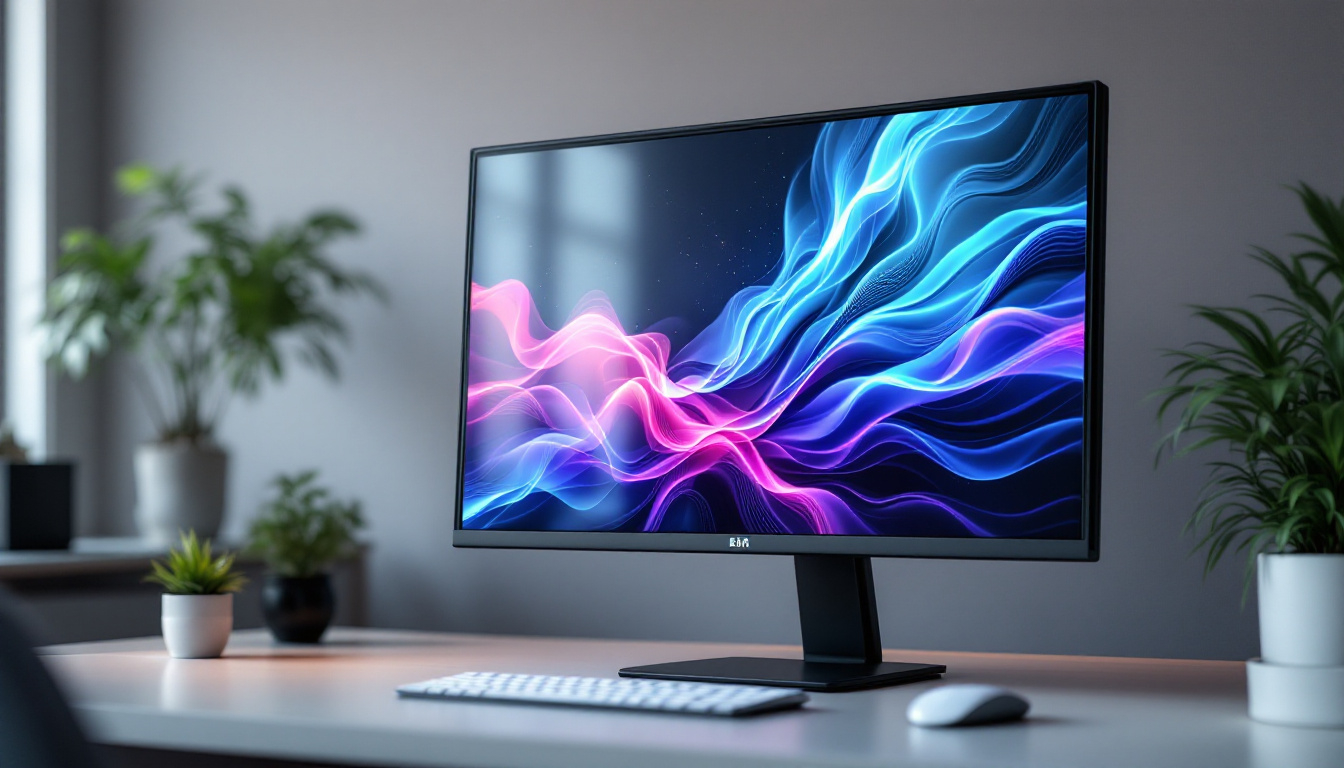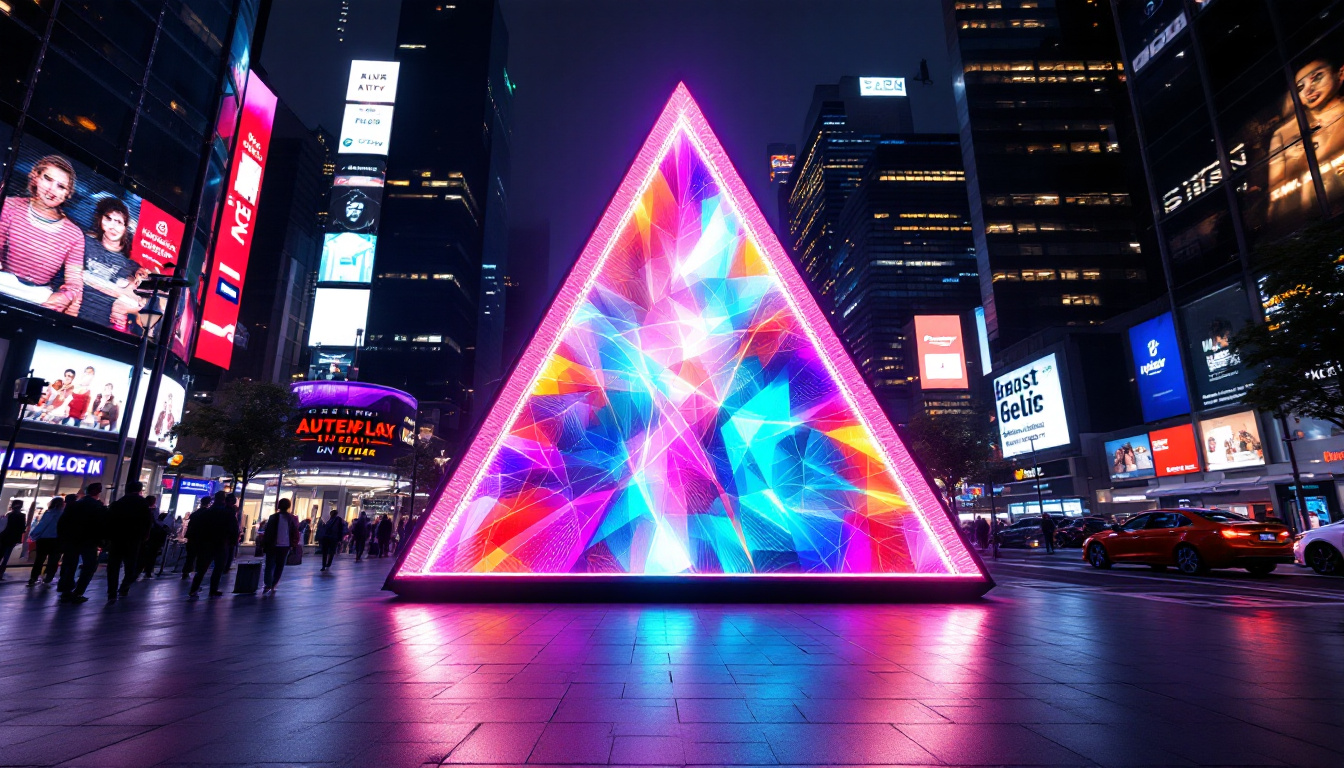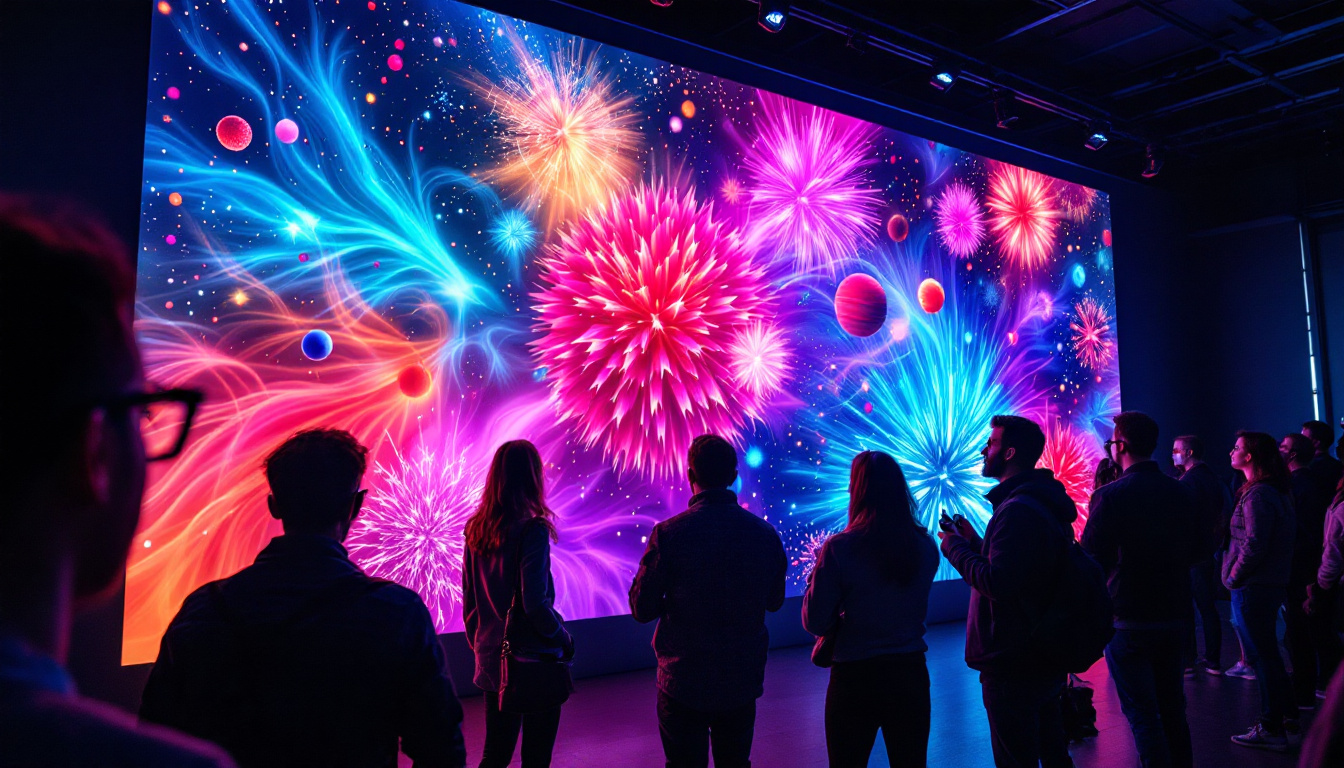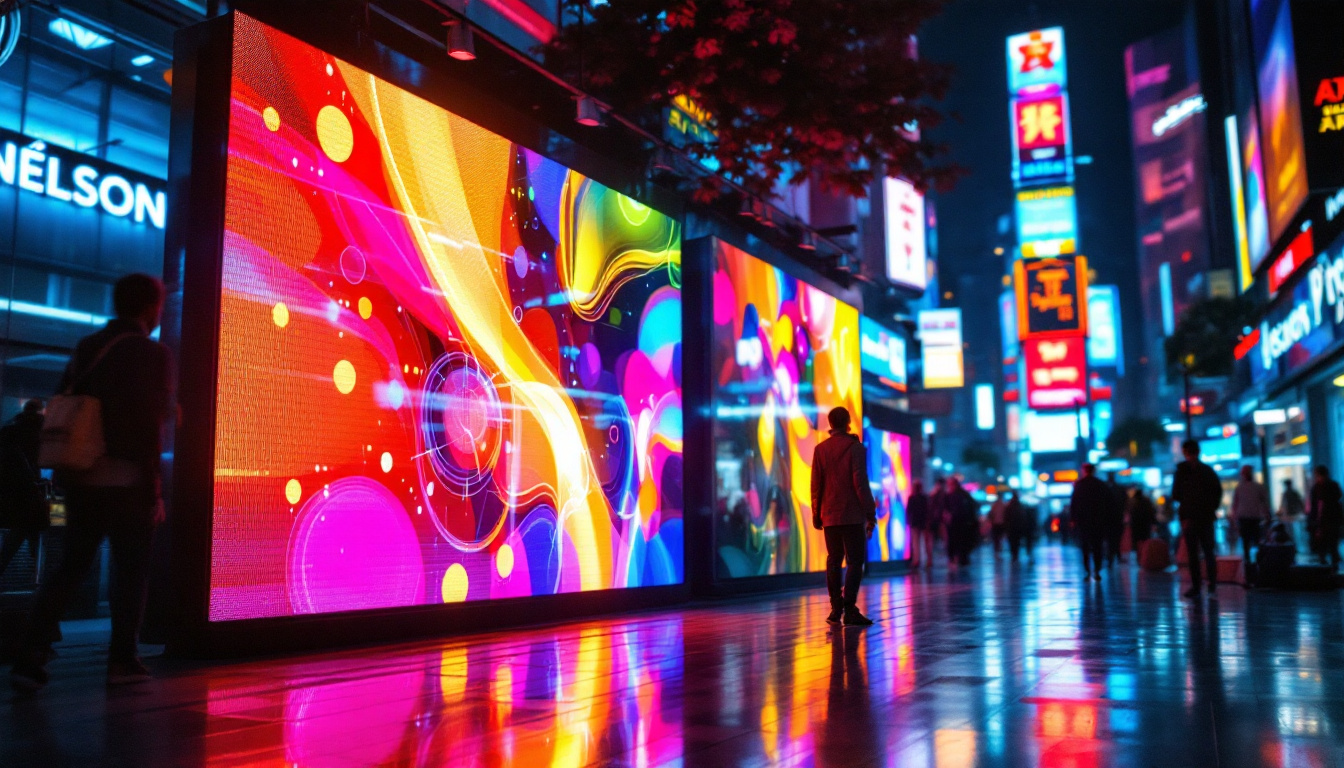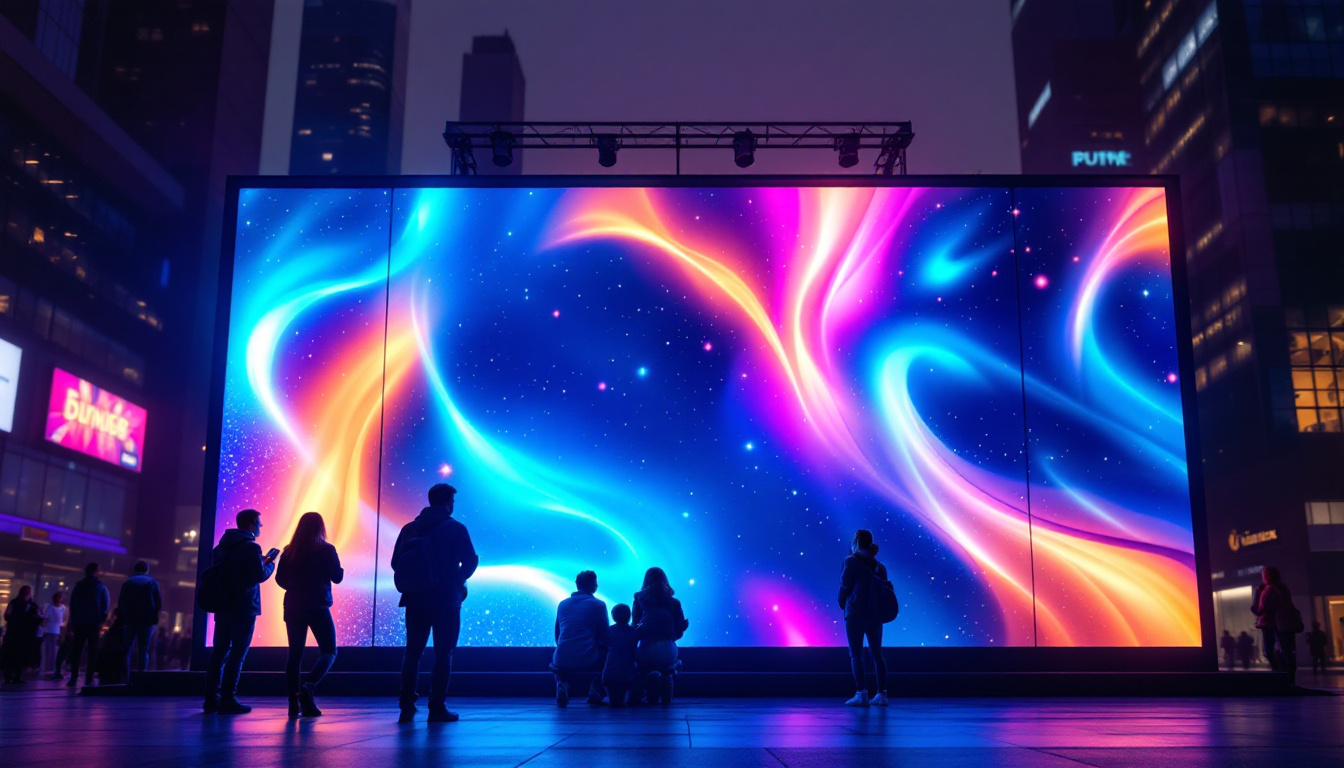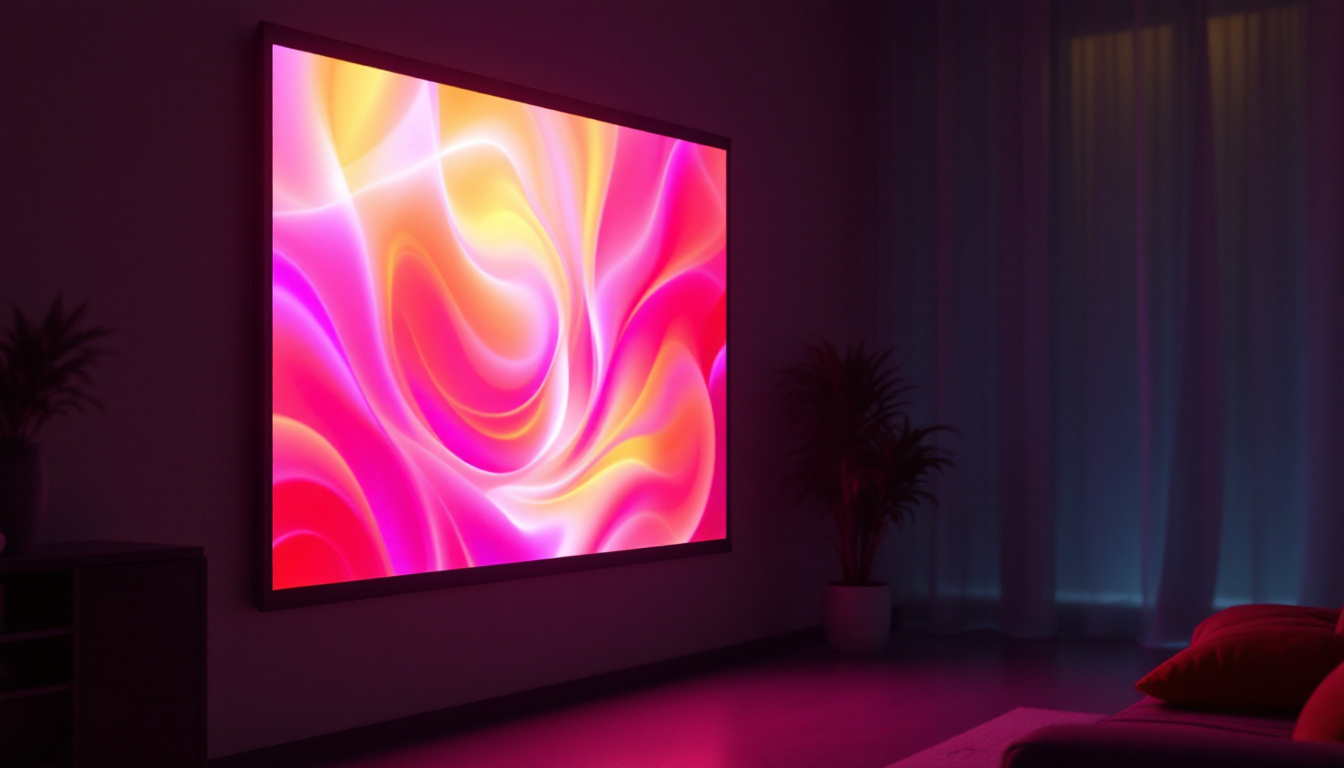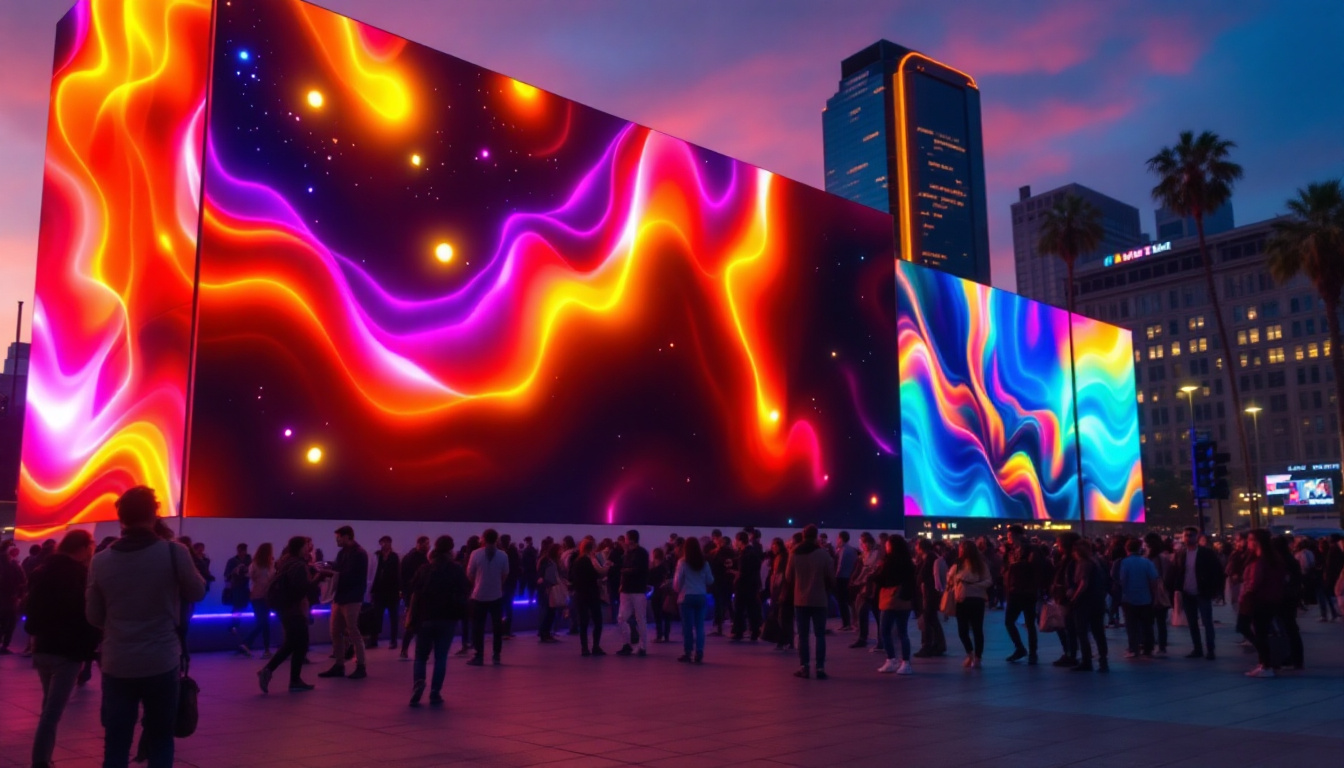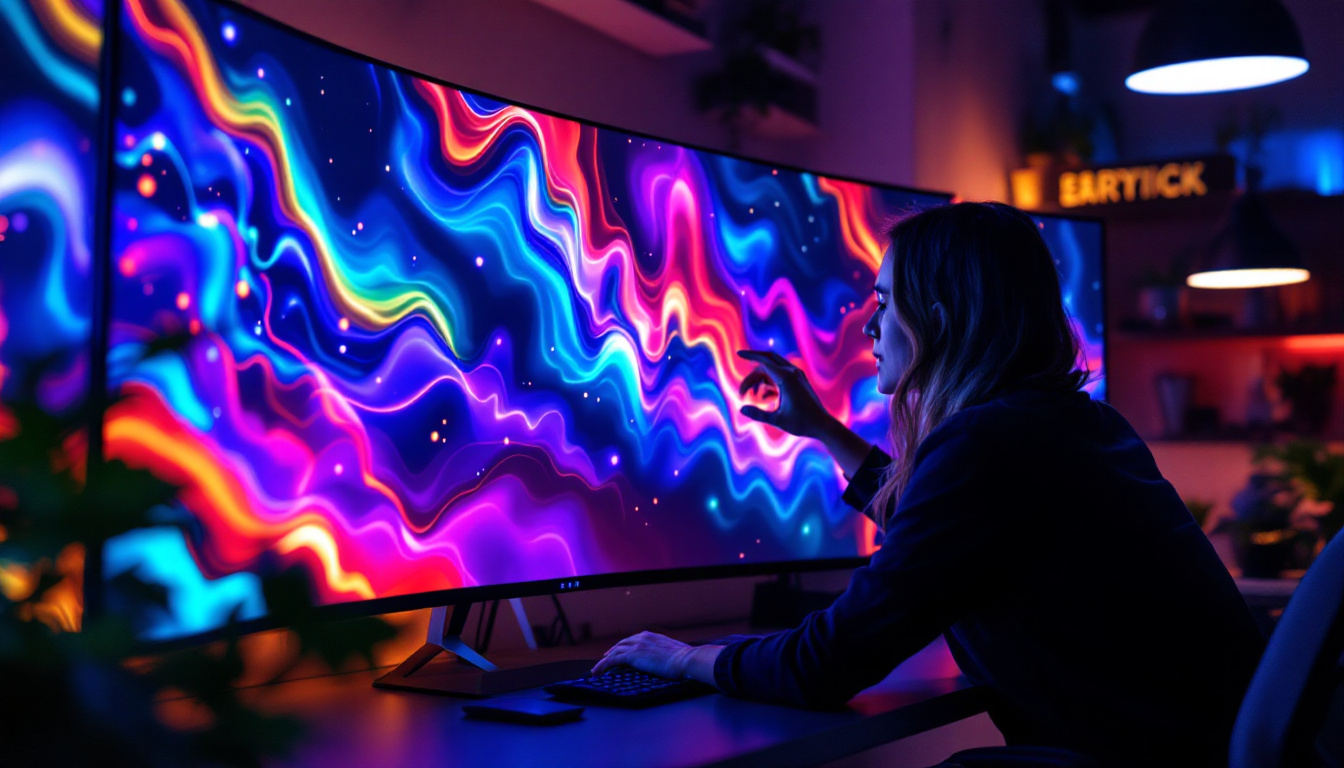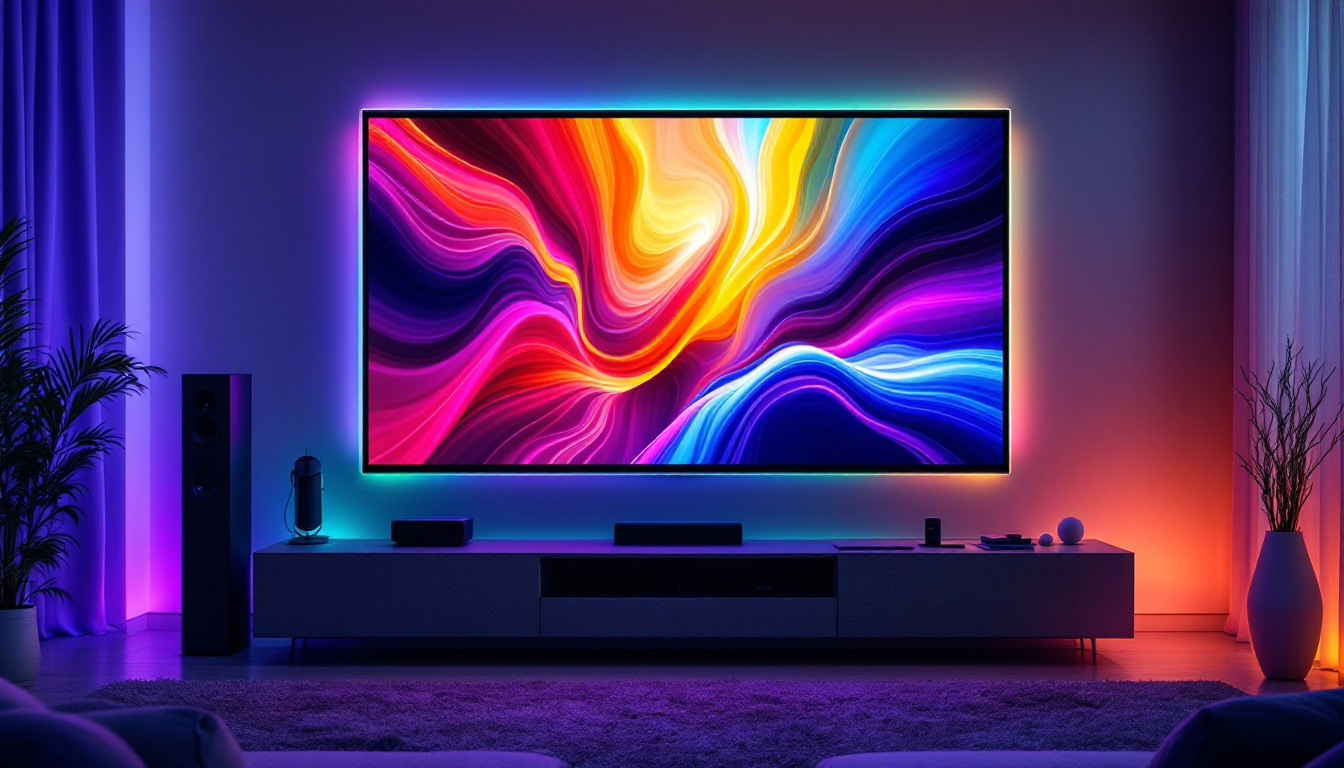In the ever-evolving landscape of technology, wide desktop monitors have become increasingly popular among professionals and casual users alike. These monitors, characterized by their expansive screens and high-resolution displays, offer a range of benefits that enhance productivity, gaming experiences, and multimedia consumption. This article delves into the intricacies of wide desktop monitors, particularly focusing on LED display technology, its advantages, and what to consider when choosing the right monitor for your needs.
Understanding Wide Desktop Monitors
Wide desktop monitors, often referred to as ultrawide monitors, typically feature a 21:9 or 32:9 aspect ratio, providing a broader viewing area compared to traditional 16:9 monitors. This enhanced width allows users to multitask more efficiently, as they can have multiple windows open side by side without the need for dual monitors.
These monitors are ideal for various applications, including graphic design, video editing, and gaming. The increased screen real estate not only improves workflow but also enhances the immersive experience for gamers and movie enthusiasts. With the rise of remote work and online collaboration, the demand for ultrawide monitors has surged, as they facilitate seamless communication and project management, allowing teams to visualize complex data and designs in real-time.
The Benefits of Ultrawide Displays
One of the primary advantages of ultrawide monitors is their ability to increase productivity. With more screen space, users can easily manage multiple applications simultaneously. For instance, a graphic designer can have their design software open on one side while referencing materials or tutorials on the other. This setup not only streamlines the workflow but also minimizes the time spent switching between tabs or applications, which can often disrupt creative flow.
Additionally, ultrawide monitors reduce the need for multiple displays, which can clutter a workspace. A single, wide monitor provides a cleaner aesthetic and eliminates the hassle of managing multiple cables and settings. Furthermore, many ultrawide models come equipped with built-in picture-in-picture (PiP) features, allowing users to view content from different sources simultaneously, enhancing the overall versatility of the monitor.
Enhanced Immersion in Gaming
For gamers, wide desktop monitors offer a significantly enhanced experience. The wider field of view allows players to see more of the game environment, providing a competitive edge in fast-paced games. Many modern games support ultrawide resolutions, making the visuals more stunning and engaging. This expansive view can immerse players in the game world, making them feel as though they are part of the action rather than just an observer.
The immersive experience is further enhanced by the monitor’s ability to display high dynamic range (HDR) content, which offers richer colors and improved contrast. This combination of features makes ultrawide monitors a popular choice among gaming enthusiasts. Additionally, many ultrawide monitors come with advanced refresh rates and response times, ensuring that gamers enjoy smooth gameplay without motion blur or lag. The integration of technologies like G-Sync or FreeSync also helps to eliminate screen tearing, providing a seamless visual experience that is crucial for competitive gaming.
LED Display Technology Explained
LED (Light Emitting Diode) technology has revolutionized the way displays are manufactured and perceived. Unlike traditional LCDs, which use fluorescent backlighting, LED displays utilize small diodes to produce light, resulting in brighter and more vibrant images. This advancement has not only improved the visual quality of screens but has also contributed to energy efficiency, as LED technology consumes less power compared to its predecessors.
LED displays come in various forms, including edge-lit and full-array backlighting. Understanding these variations is essential for making an informed decision when purchasing a wide desktop monitor. Additionally, the longevity of LED technology means that users can expect their displays to last longer, reducing the need for frequent replacements and contributing to a more sustainable approach to technology consumption.
Types of LED Displays
There are primarily two types of LED displays: edge-lit and full-array. Edge-lit monitors have LEDs positioned along the edges of the screen, which helps to create a thinner profile. While they are typically more affordable, they may not provide uniform brightness across the entire screen. This can lead to noticeable differences in brightness, particularly in darker scenes or images with subtle gradients.
On the other hand, full-array LED displays have a grid of LEDs behind the entire screen. This configuration allows for better control of brightness and contrast, resulting in superior image quality. Full-array displays are particularly advantageous for tasks that require precise color accuracy, such as photo editing. Moreover, many full-array displays now incorporate local dimming technology, which enhances the contrast by dimming or turning off specific zones of LEDs, further improving the depth of blacks and the overall dynamic range of the image.
Color Accuracy and Brightness
One of the key advantages of LED technology is its ability to produce vibrant colors and high brightness levels. This is particularly important for professionals who rely on accurate color representation in their work. LED displays can achieve a wider color gamut, meaning they can display a broader range of colors, which is essential for graphic designers and photographers. The precision of color reproduction in LED displays allows for more faithful representations of digital artwork, ensuring that what is seen on screen closely matches the intended vision of the creator.
Furthermore, the brightness levels of LED monitors can significantly enhance the viewing experience, especially in brightly lit environments. Users can enjoy clear and vivid images without straining their eyes, making LED displays a popular choice for long hours of work or gaming. The ability to adjust brightness settings also allows users to customize their viewing experience based on ambient lighting conditions, ensuring optimal comfort and reducing eye fatigue. Additionally, advancements in technology have led to the development of HDR (High Dynamic Range) capabilities in many LED displays, which further enhances the contrast and color depth, making images pop with lifelike realism.
Factors to Consider When Choosing a Wide Desktop Monitor
When selecting a wide desktop monitor, several factors must be considered to ensure it meets your specific needs. From resolution to connectivity options, understanding these elements will help you make an informed decision.
Resolution Matters
Resolution is a critical factor in determining the quality of the display. Common resolutions for wide monitors include Full HD (1920×1080), Quad HD (2560×1440), and Ultra HD (3840×2160). Higher resolutions provide sharper images and allow for more detailed work, making them ideal for graphic design and video editing.
For gaming, a higher resolution can enhance the visual experience, but it also requires a more powerful graphics card to maintain smooth performance. Therefore, it’s essential to balance resolution with your hardware capabilities to achieve the best results.
Refresh Rate and Response Time
The refresh rate, measured in hertz (Hz), indicates how many times the monitor refreshes the image per second. A higher refresh rate, such as 144Hz or 240Hz, is particularly beneficial for gaming, as it results in smoother motion and reduced motion blur.
Response time, measured in milliseconds (ms), refers to how quickly a pixel can change from one color to another. A lower response time is preferable for gaming, as it minimizes ghosting and ensures a more fluid visual experience.
Connectivity Options
Wide desktop monitors come with various connectivity options, including HDMI, DisplayPort, USB-C, and VGA. The choice of connectivity can impact the monitor’s compatibility with your devices and the quality of the signal transmitted.
For modern setups, HDMI and DisplayPort are the most common choices, offering high bandwidth and support for high resolutions and refresh rates. USB-C is becoming increasingly popular due to its versatility, allowing for data transfer and power delivery through a single cable.
Adjustability and Ergonomics
Another important consideration is the monitor’s adjustability and ergonomic features. Many wide monitors come with height, tilt, and swivel adjustments, allowing users to customize their viewing experience for maximum comfort.
Ergonomic design is particularly crucial for those who spend long hours in front of their monitors. A well-adjusted monitor can help reduce strain on the neck and eyes, promoting better posture and overall well-being.
Popular Use Cases for Wide Desktop Monitors
Wide desktop monitors cater to a variety of use cases, each benefiting from the unique features these displays offer. Understanding the specific applications can help potential buyers determine if an ultrawide monitor is right for them.
Creative Professionals
For graphic designers, video editors, and photographers, wide desktop monitors provide ample screen space for editing and multitasking. The ability to view multiple applications side by side enhances workflow efficiency, allowing for a more streamlined creative process.
Moreover, the superior color accuracy and resolution of LED displays ensure that creative professionals can produce high-quality work that meets industry standards.
Gaming Enthusiasts
Gamers are among the primary beneficiaries of wide desktop monitors. The immersive experience provided by a wider field of view enhances gameplay, making it more engaging and enjoyable. Many gaming titles are optimized for ultrawide resolutions, allowing players to fully appreciate the graphics and details of the game world.
Additionally, the high refresh rates and low response times available in many ultrawide monitors contribute to a smoother gaming experience, reducing lag and enhancing overall performance.
Office Environments
In office settings, wide desktop monitors can significantly boost productivity. Employees can manage multiple applications, such as email, spreadsheets, and presentation software, without the need to switch between windows constantly.
This capability not only saves time but also reduces the cognitive load associated with multitasking, leading to improved focus and efficiency in completing tasks.
Conclusion
Wide desktop monitors with LED display technology have transformed the way users interact with their computers, offering a range of benefits that enhance productivity, creativity, and entertainment. With their expansive screens, vibrant colors, and high resolutions, these monitors cater to various use cases, from gaming to professional work.
When choosing a wide desktop monitor, it is crucial to consider factors such as resolution, refresh rate, connectivity options, and ergonomic features. By understanding these elements, users can select a monitor that best suits their needs, ultimately improving their computing experience.
As technology continues to advance, wide desktop monitors will likely become even more sophisticated, offering enhanced features and capabilities. Embracing this technology can lead to a more efficient and enjoyable computing experience, making it a worthwhile investment for anyone looking to upgrade their workspace.
Discover LumenMatrix’s Advanced LED Display Solutions
Ready to elevate your visual experience with a wide desktop monitor that embodies the pinnacle of LED technology? Look no further than LumenMatrix, a pioneer in crafting LED displays that bring your content to life. Whether you’re a gamer seeking immersion, a creative professional in pursuit of precision, or a business aiming for impactful communication, LumenMatrix has a solution tailored to your needs. From Indoor and Outdoor LED Wall Displays to innovative Transparent and Custom LED Displays, our range is designed to captivate and engage. Check out LumenMatrix LED Display Solutions today and transform your workspace into a hub of productivity and creativity.


